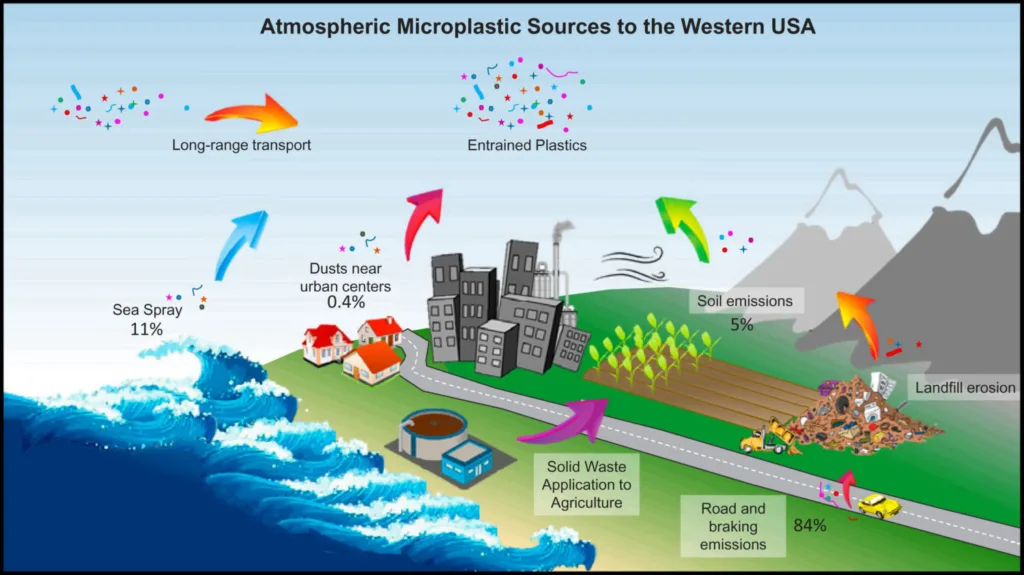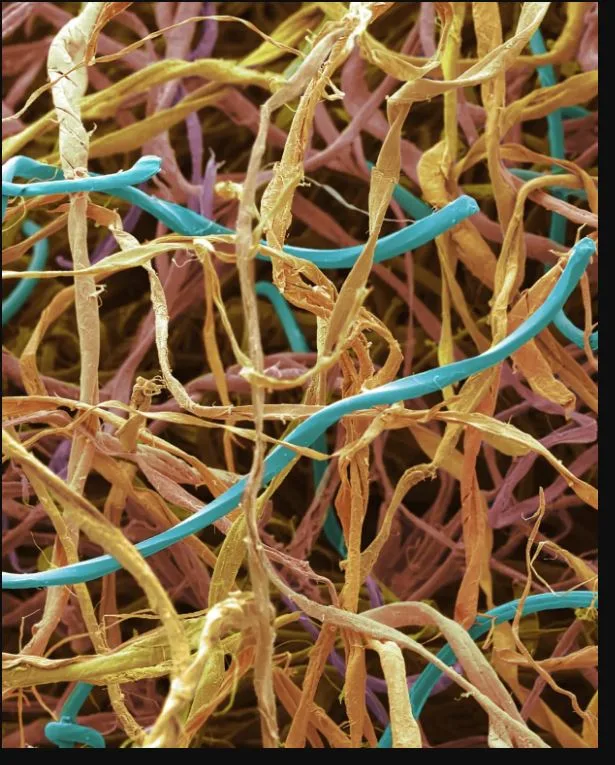

Microplastic Fibers: Shape Plays an Important Role During Their Journey in The Atmosphere
Micron-size microplastic debris, previously assumed to be spherical, is discovered to be transported by the jet stream across oceans and continents, with their shape playing a pivotal role in the distance they cover. A groundbreaking collaboration from Cornell University has developed a model that challenges previous assumptions, revealing that flat fibers, not spheres, are more prevalent and travel farther in the lower atmosphere.
Published in Nature Geoscience, the study, titled “Long-Distance Atmospheric Transport of Microplastic Fibres Influenced by Their Shapes,” presents a model that simulates the atmospheric transport of microplastic fibers. Lead author Shuolin Xiao, a former postdoctoral researcher, highlights the critical role shape plays in the dispersion of these fibers.
The research suggests that by treating flat fibers as spherical or cylindrical in prior studies, their rate of deposition was overestimated, leading to a miscalculation of their travel distances.


The new model, developed in collaboration with Natalie Mahowald and Janice Brahney, challenges assumptions about microplastic sources.
The research indicates that the ocean may have a more substantial role in emitting microplastic aerosols into the atmosphere than previously understood. Senior author of the paper Qi Li, assistant professor in the Department of Civil and Environmental Engineering has highlighted how this concept can be helpful for formulating effective programs on reducing plastic waste.
Yuanfeng Cui, a doctoral student and co-author participated in the research that was funded by National Science Foundation with computational support from the National Center for Atmospheric Research.
In another study conducted by the University of Vienna and Max Planck Institute for Dynamics and Self-Organization, there is a further look at how microplastic fiber shape influences travel in the atmosphere. The research, titled “Shape Matters: “Long-Range Transport of Microplastics in the Atmosphere,” highlights that studies on microplastics impacting the atmosphere are required urgently.
The study, published in Environmental Science & Technology, conducted laboratory experiments overseen by Mohsen Bagheri to determine how microplastic fibers settle in the air. The researchers implemented a model describing the settling process of non-spherical particles into a global atmospheric transport model, revealing that microplastic fibers, unlike spherical particles, could reach Earth’s most remote places.


Daria Tatsii, the first author of the study from the University of Vienna, highlights the importance of the research’s applicability to various particles like volcanic ash, mineral dust, pollen, and others. The study suggests that plastic fibers may reach heights in the atmosphere that pose potential implications for cloud processes and even stratospheric ozone.
Andreas Stohl of the University of Vienna underscores the need for vigilance given the dramatic increase in global plastic production, emphasizing that the often peculiar shapes of microplastic fibers must be considered when assessing their environmental impact.
The study concludes by pointing out the existing uncertainties in understanding the emission, size, and shapes of microplastics in the atmosphere, highlighting the need for fundamental data to address potential environmental risks.





